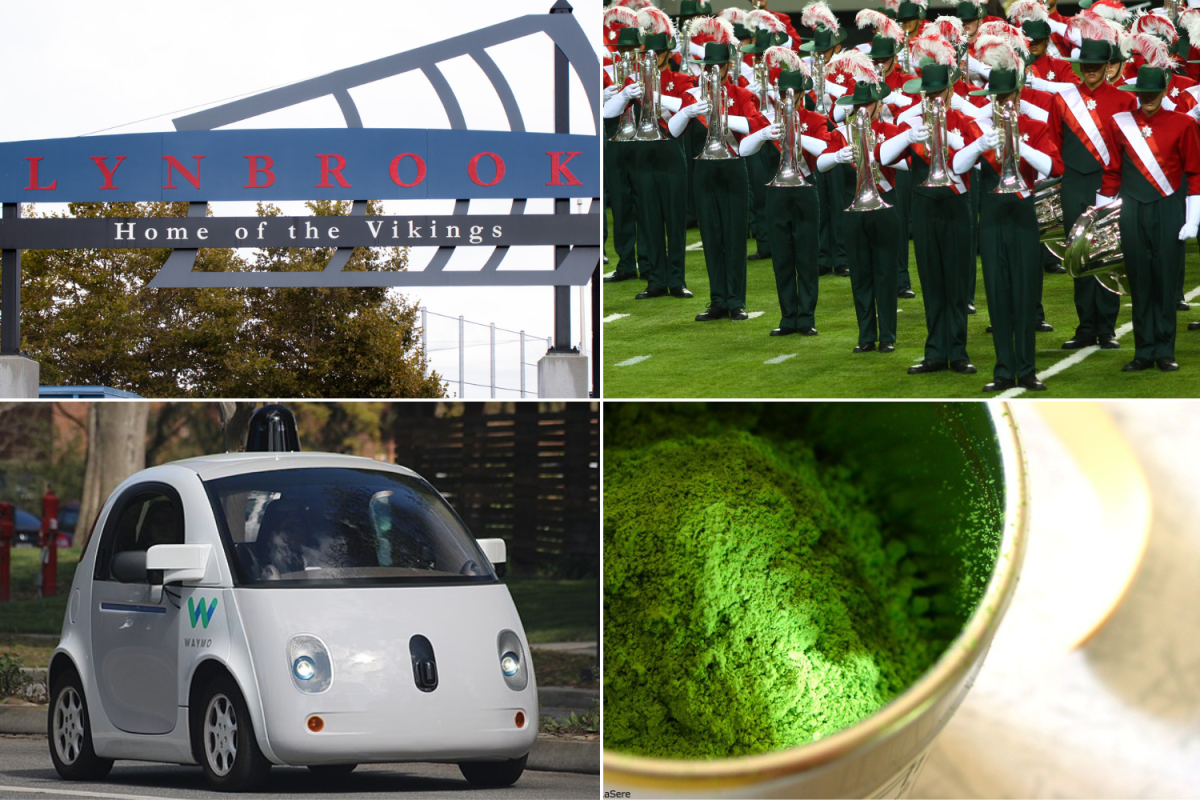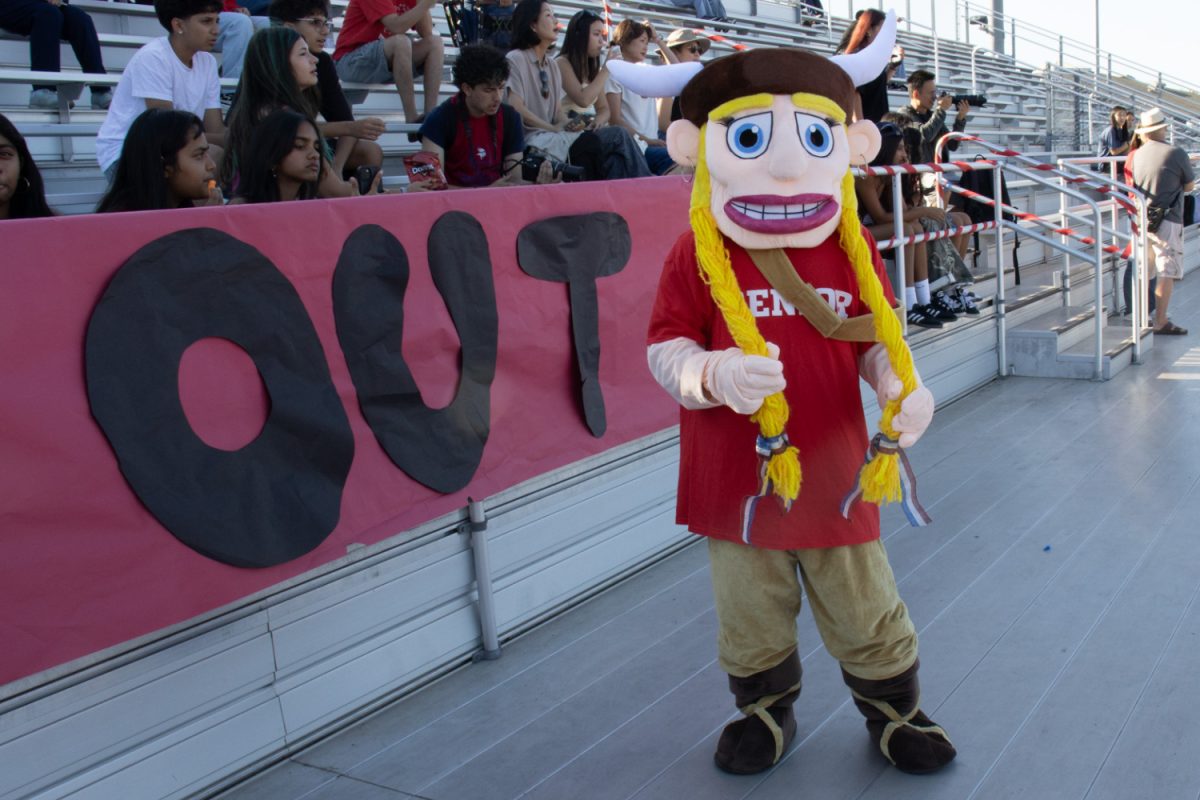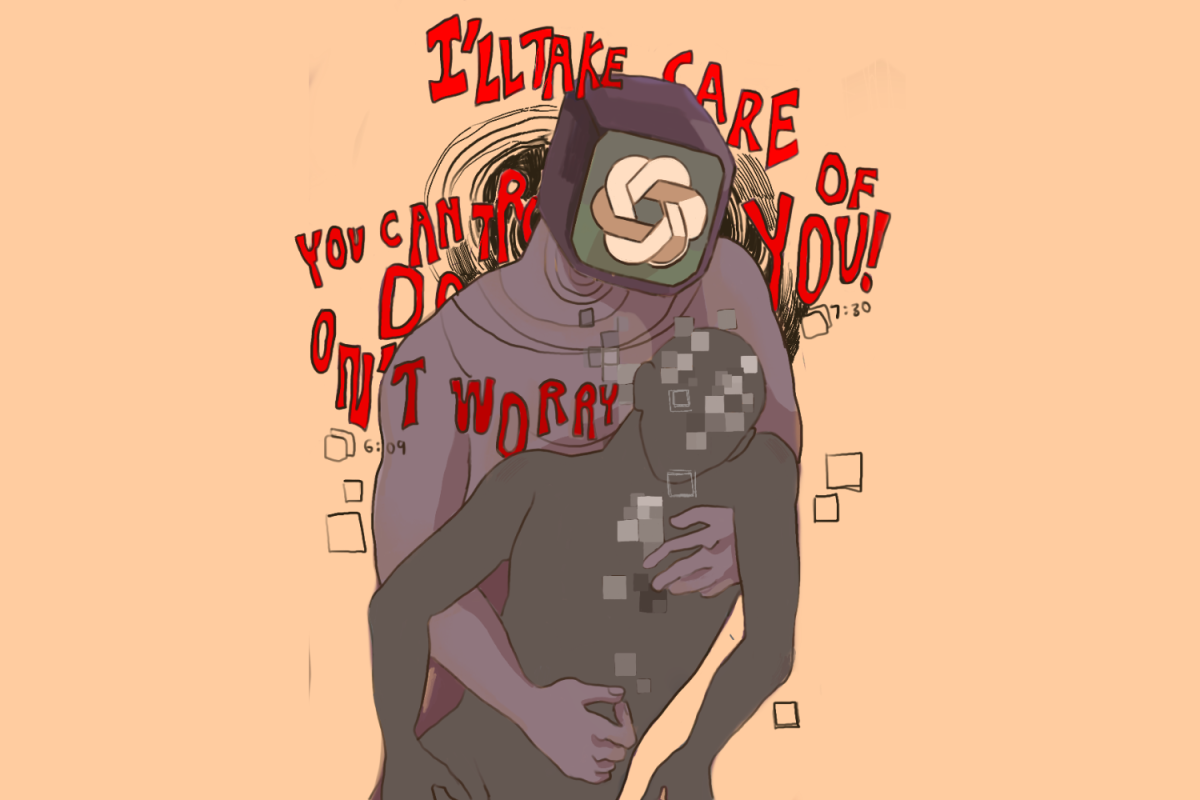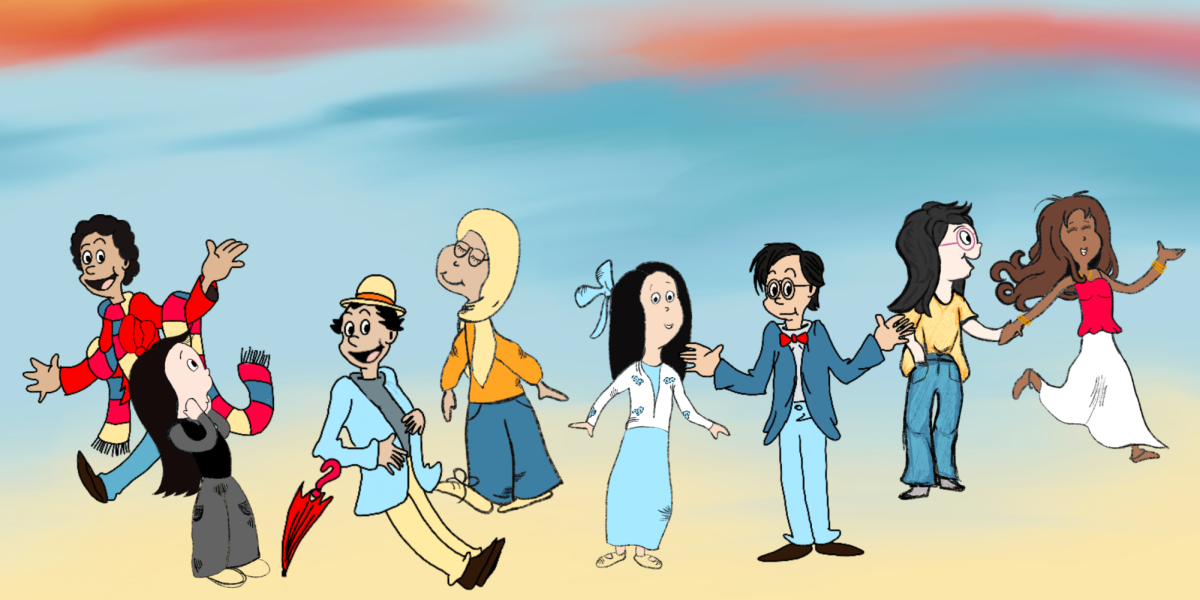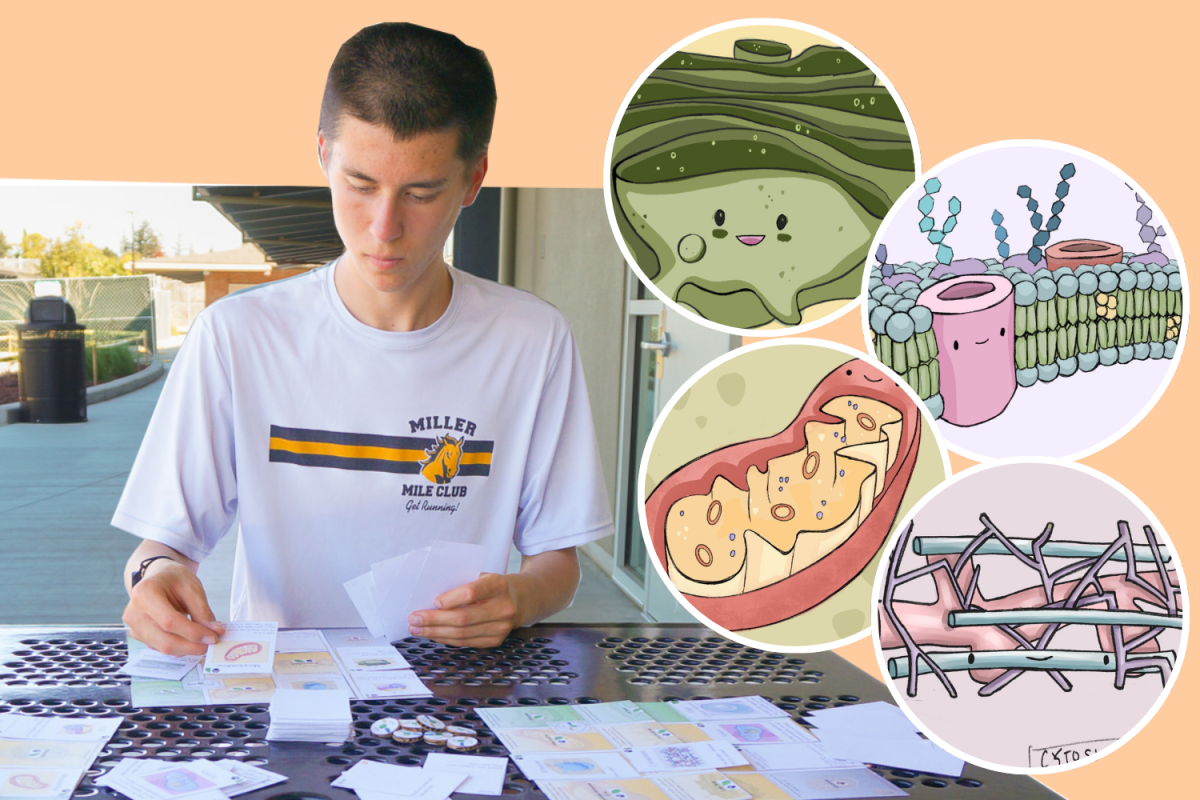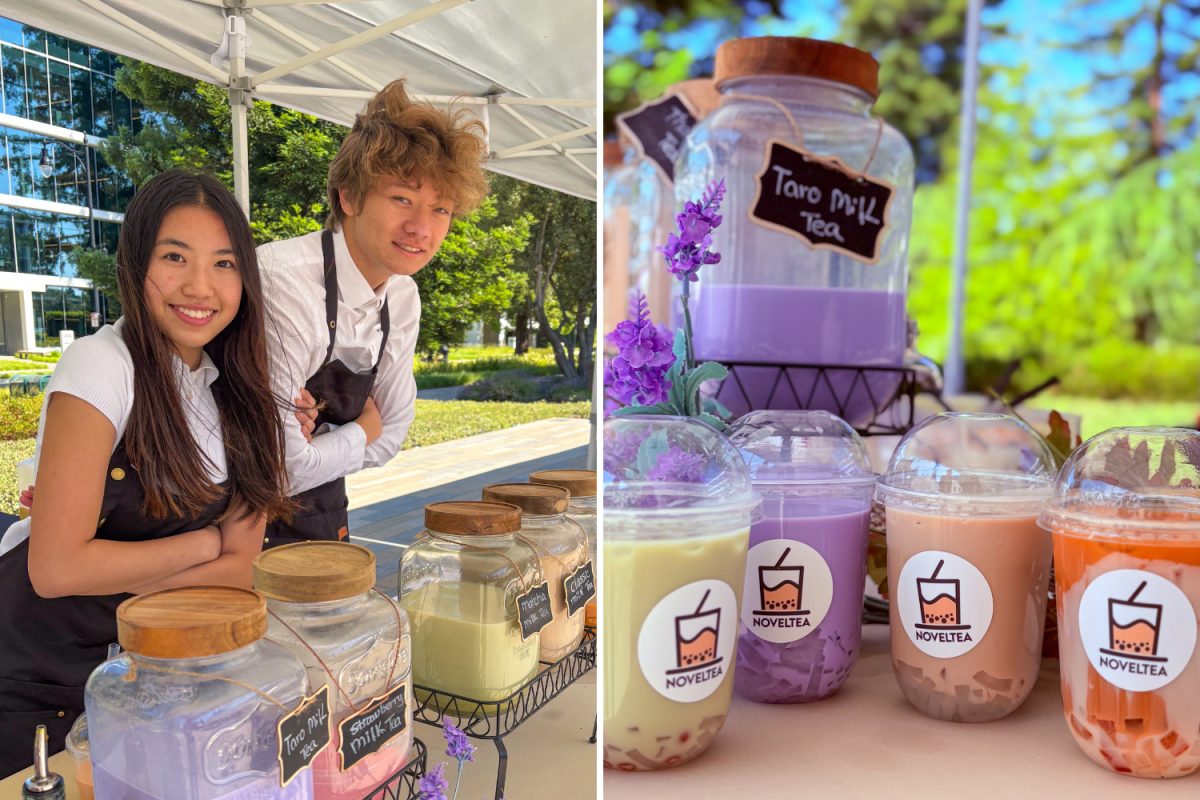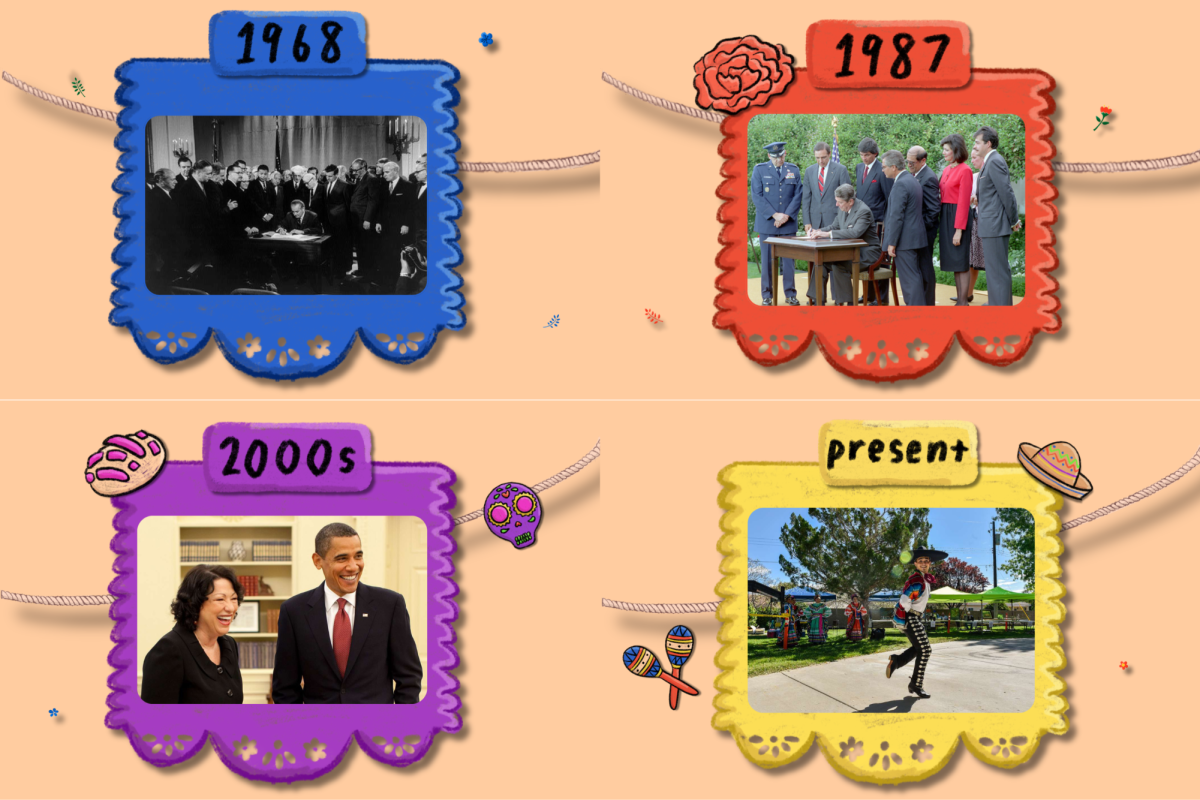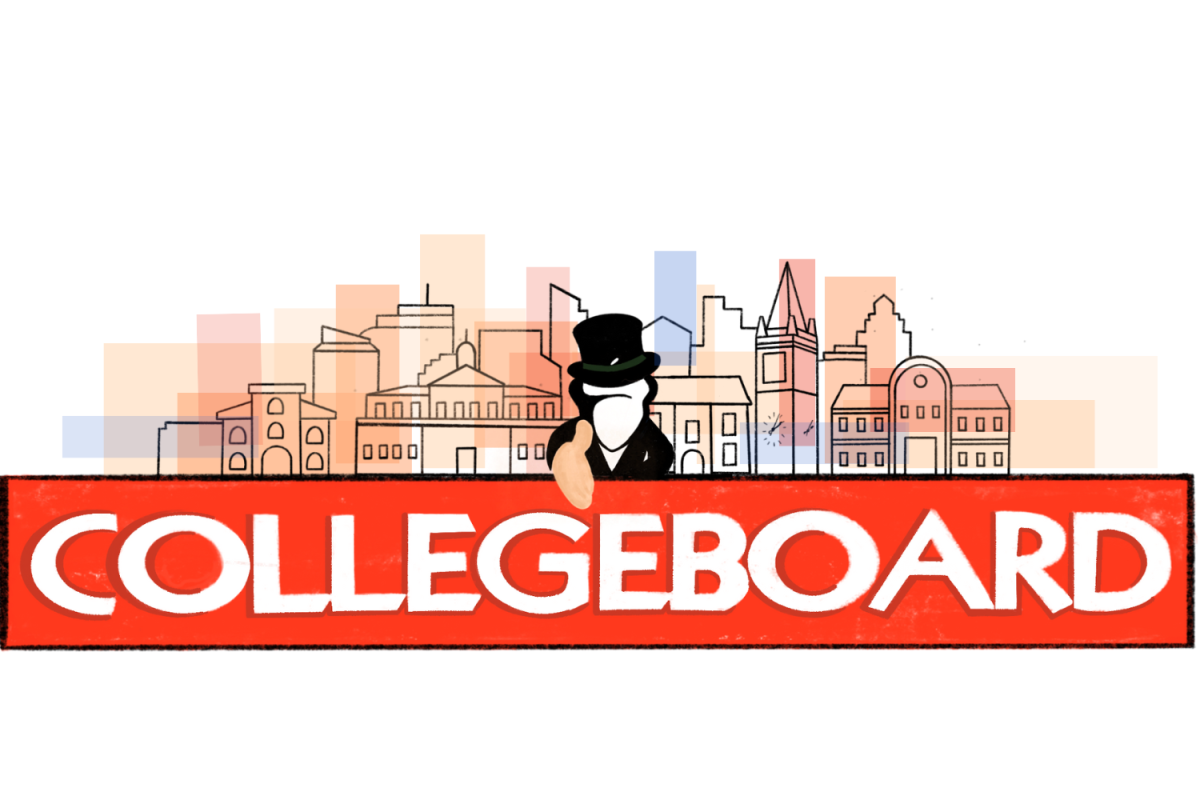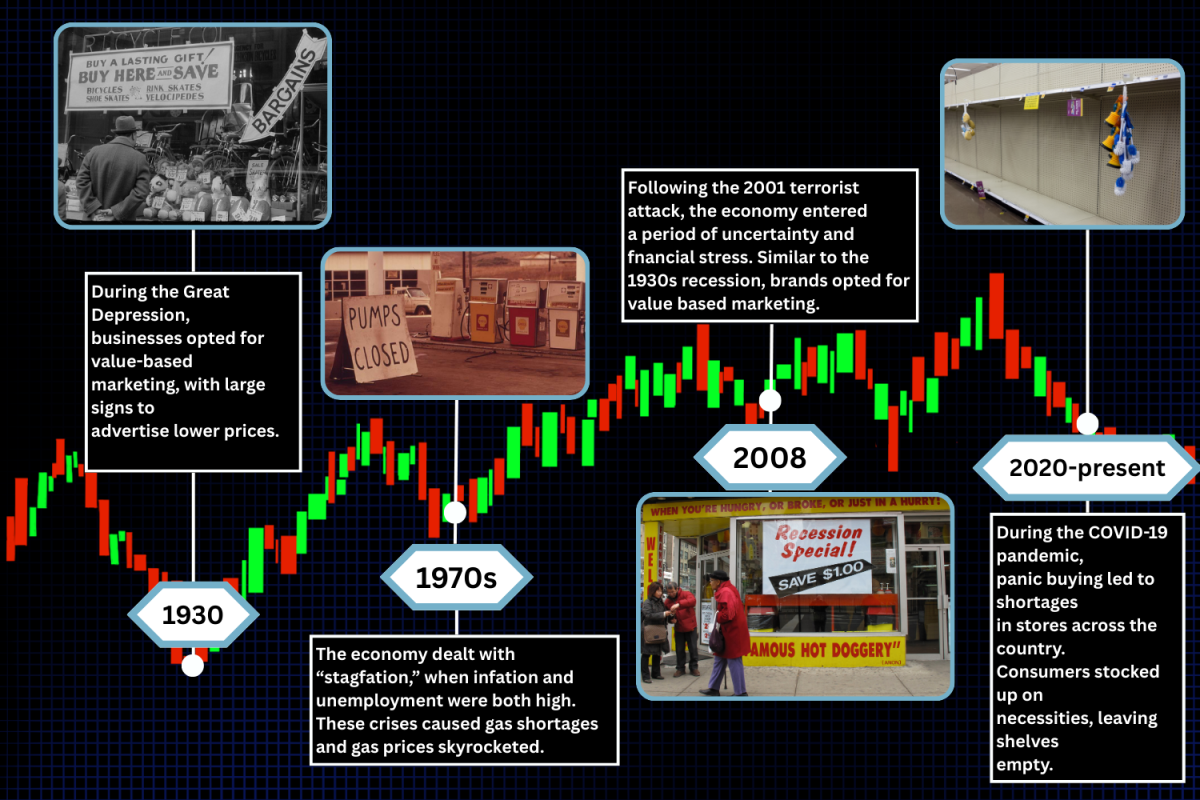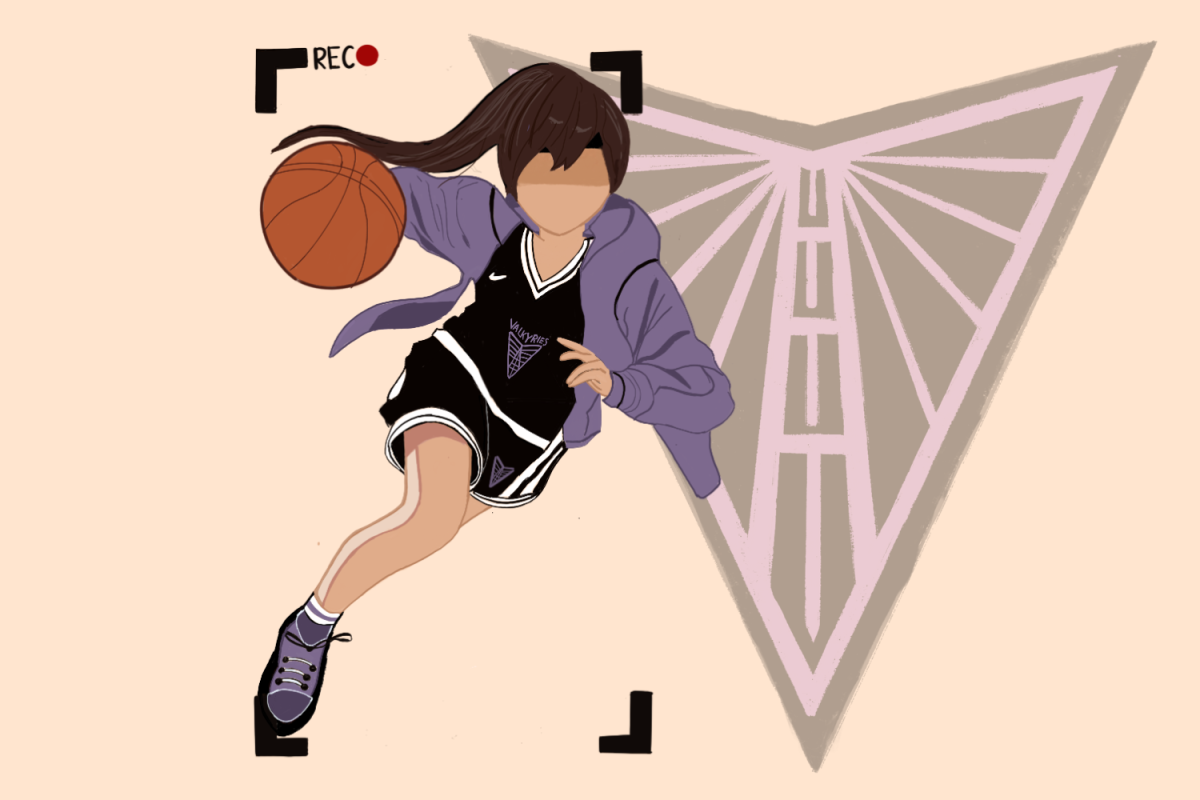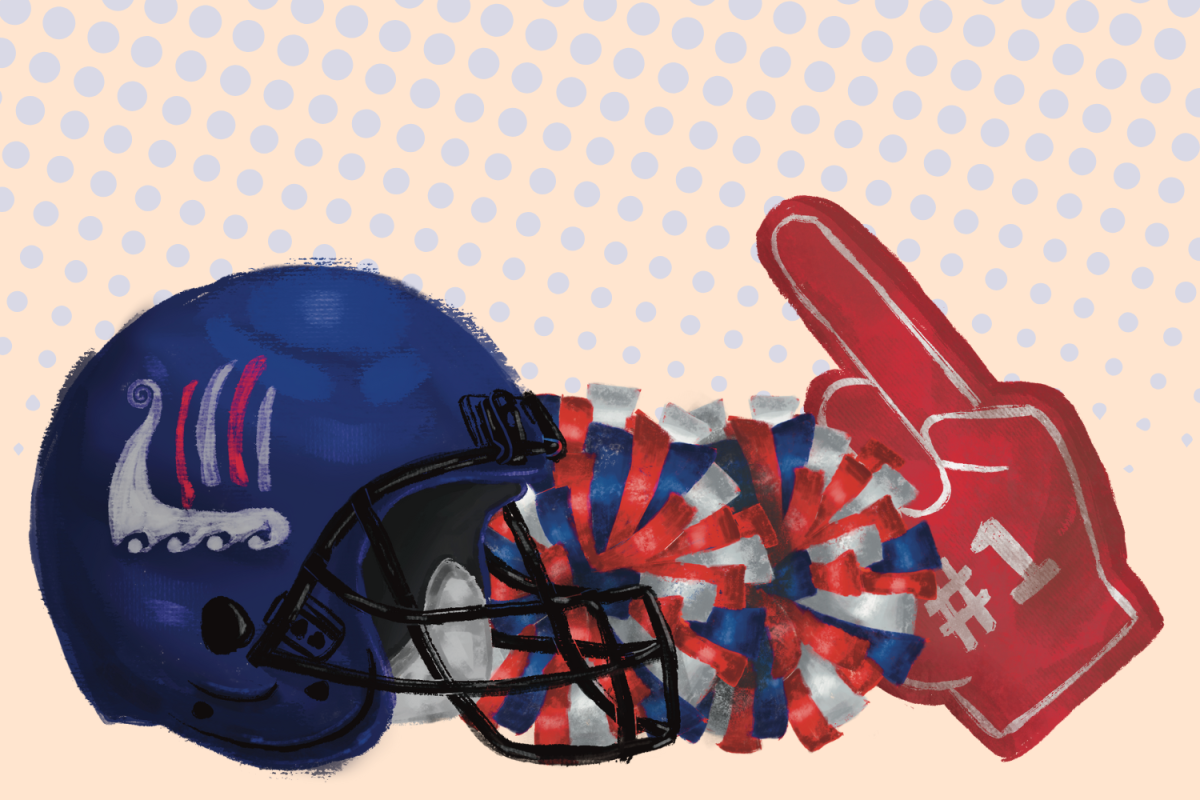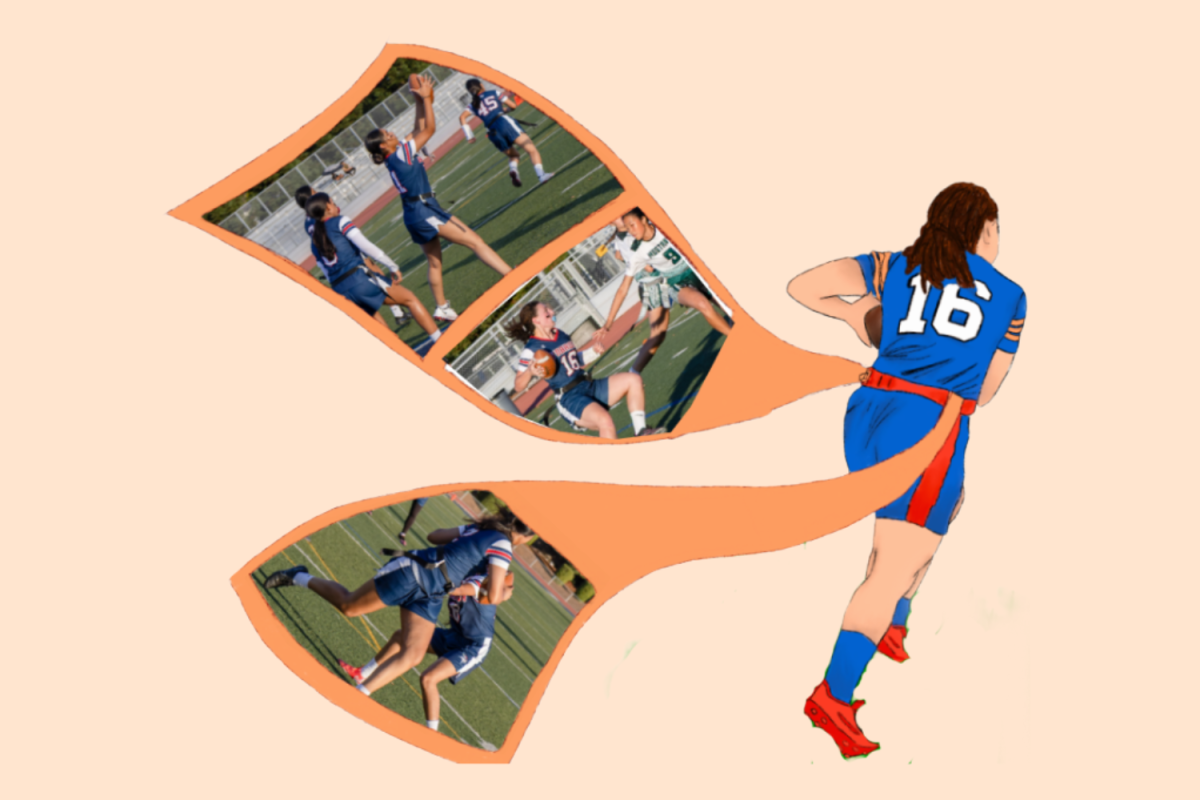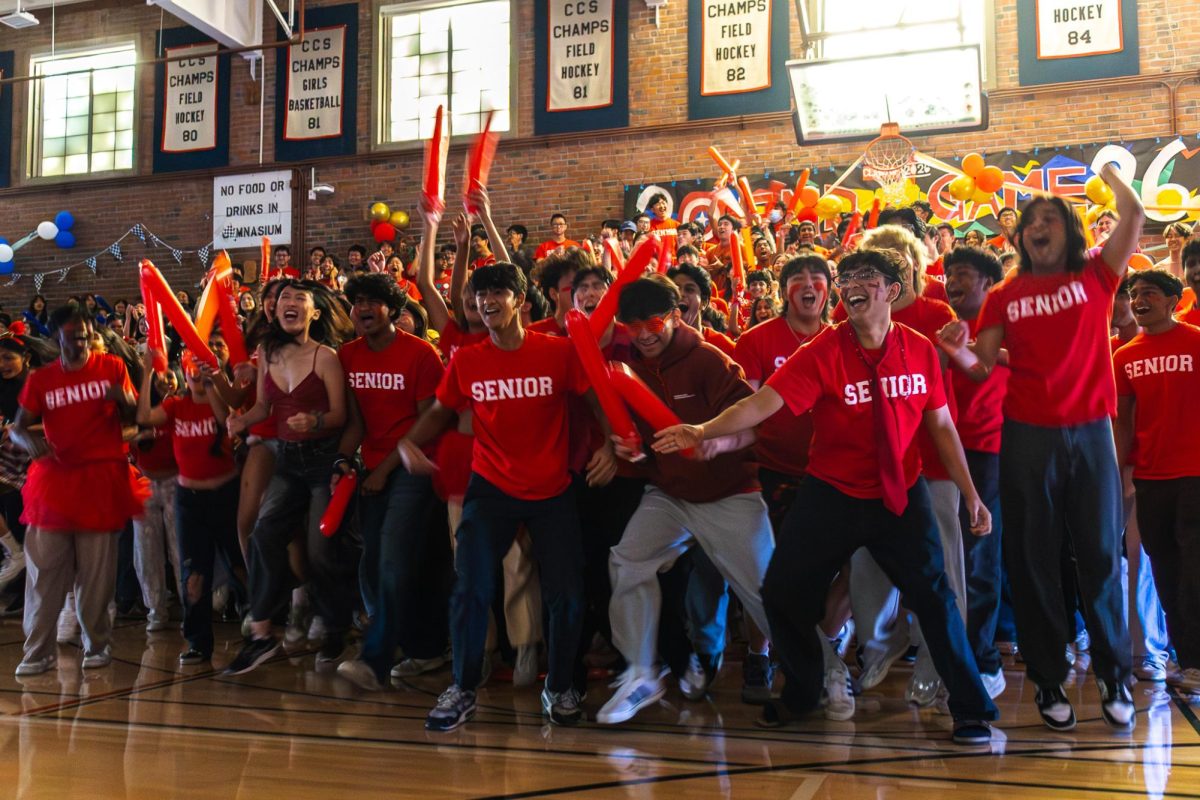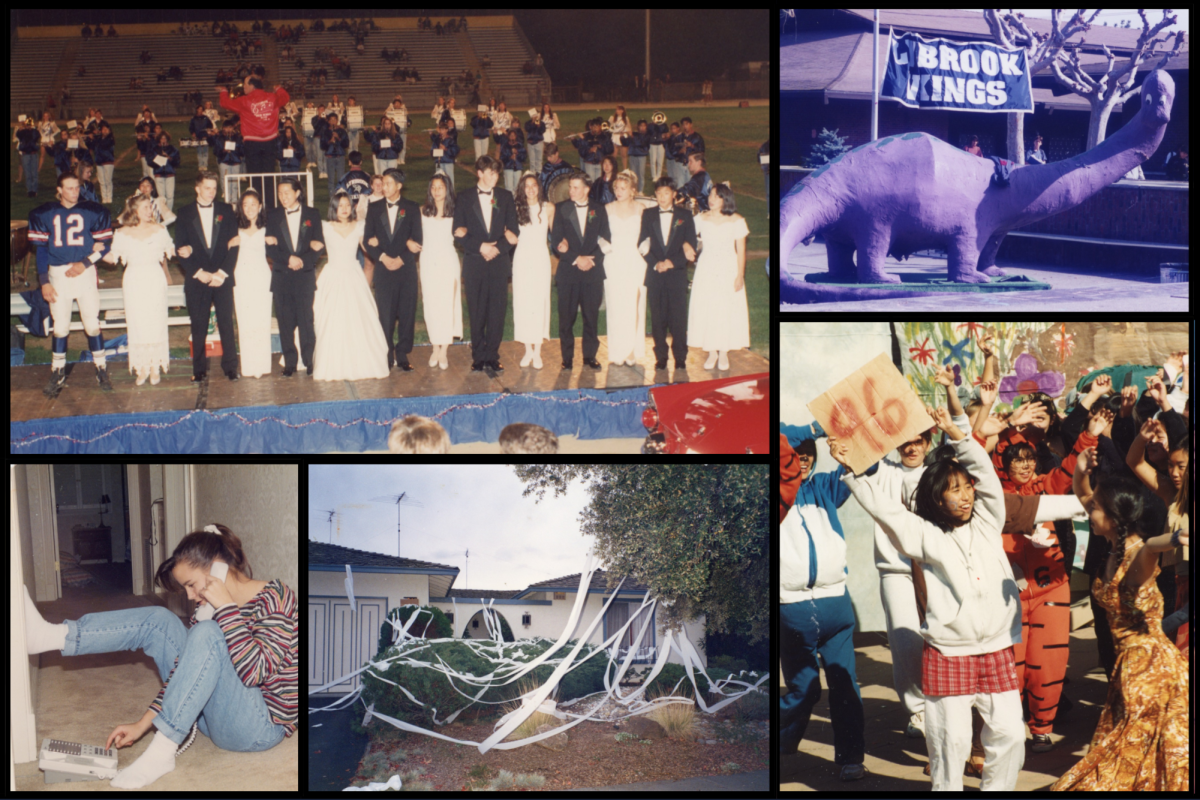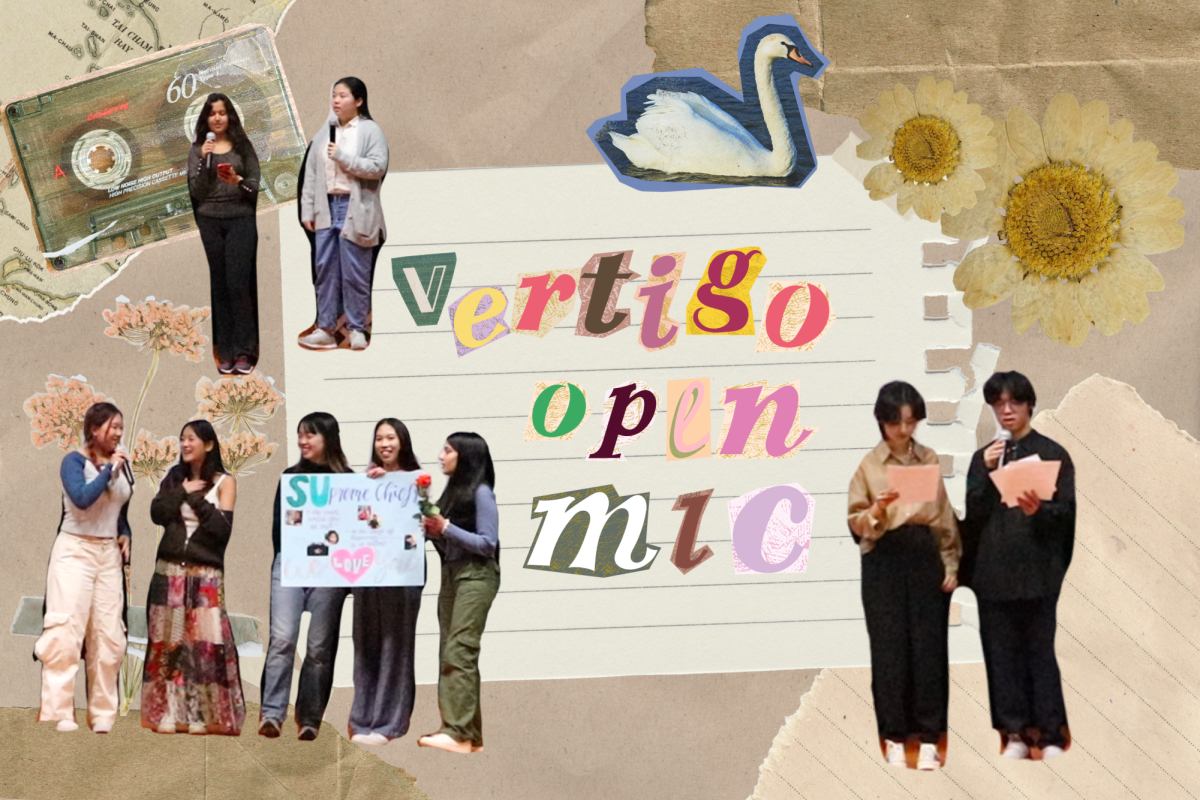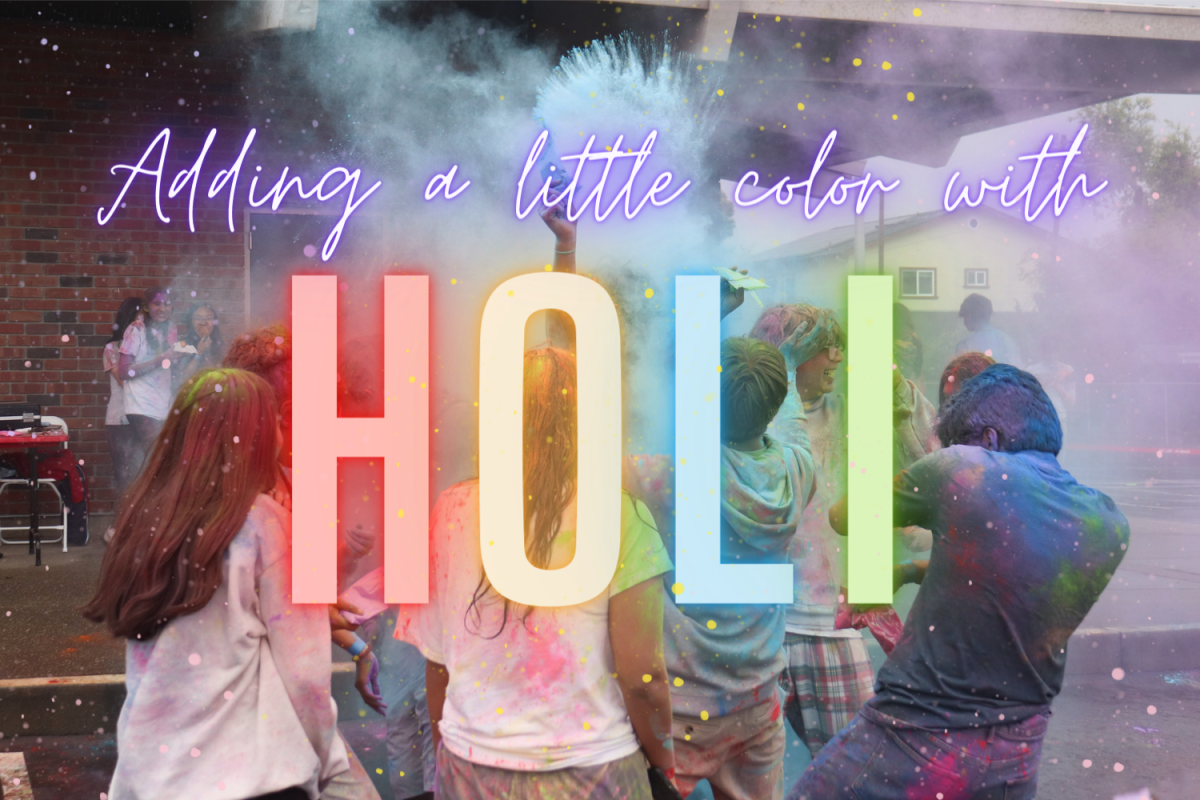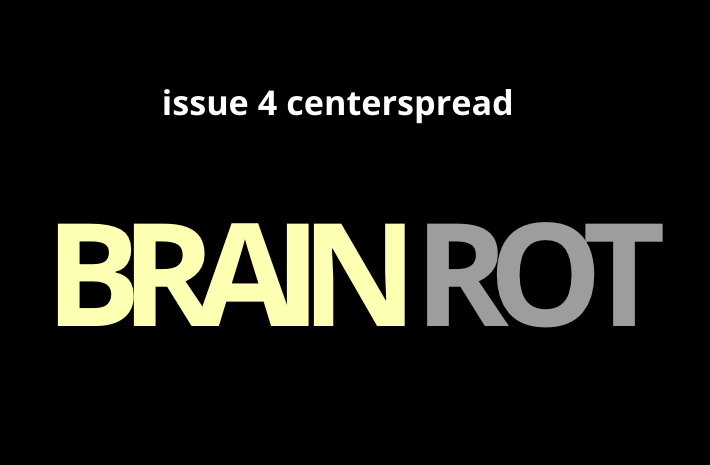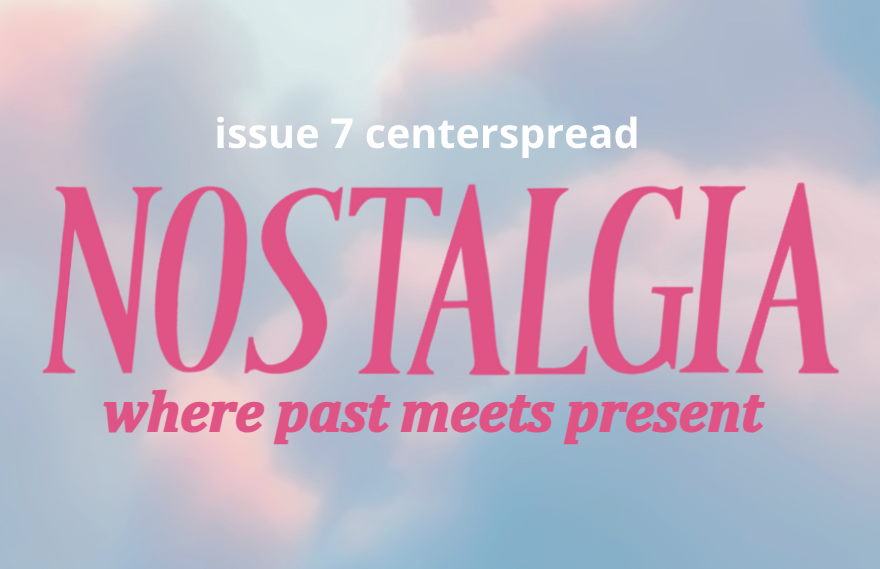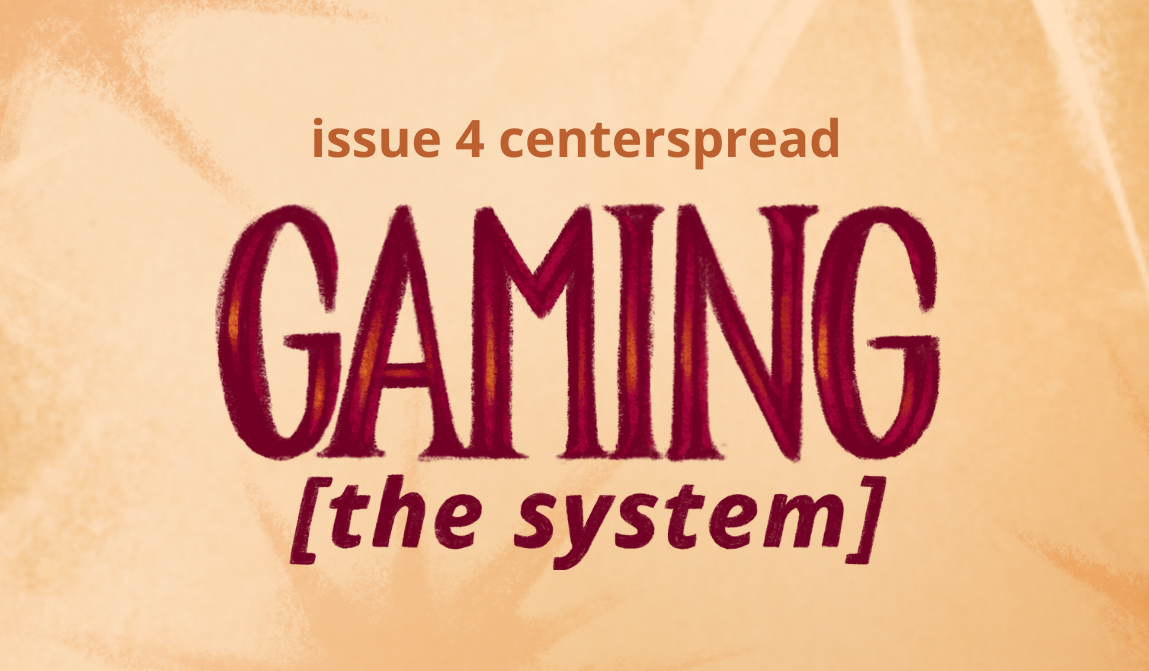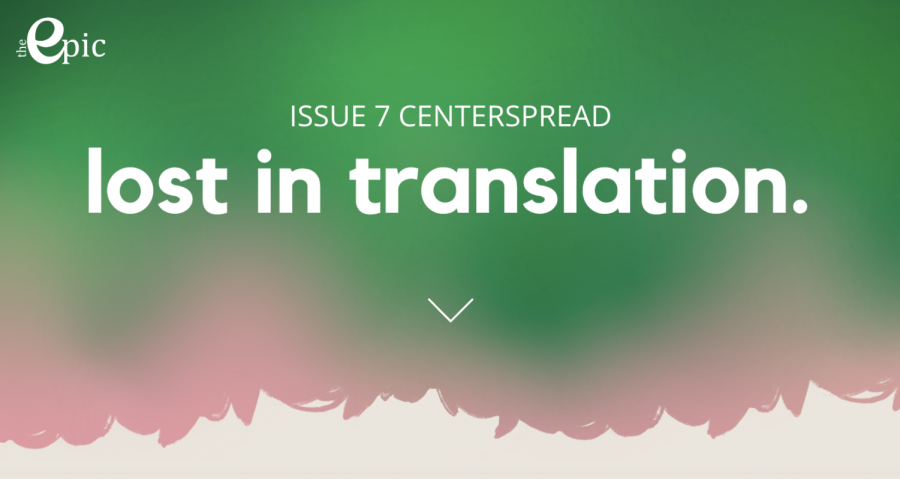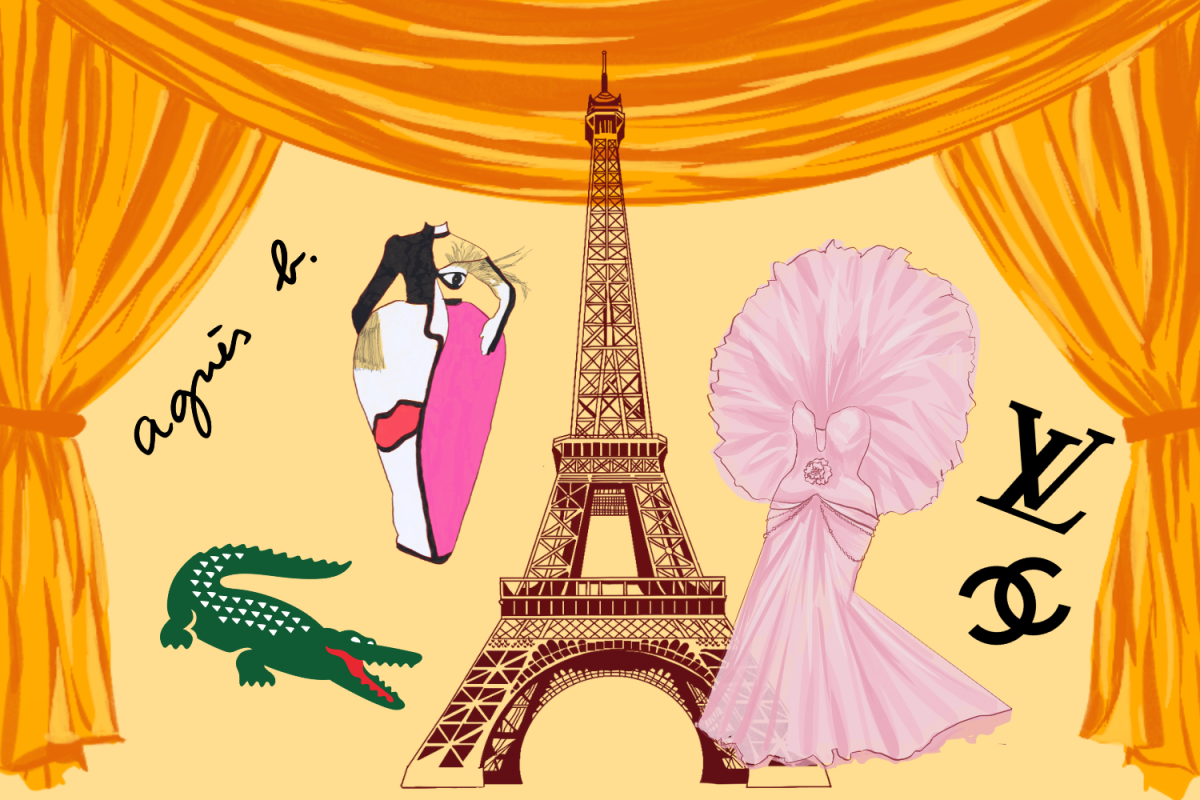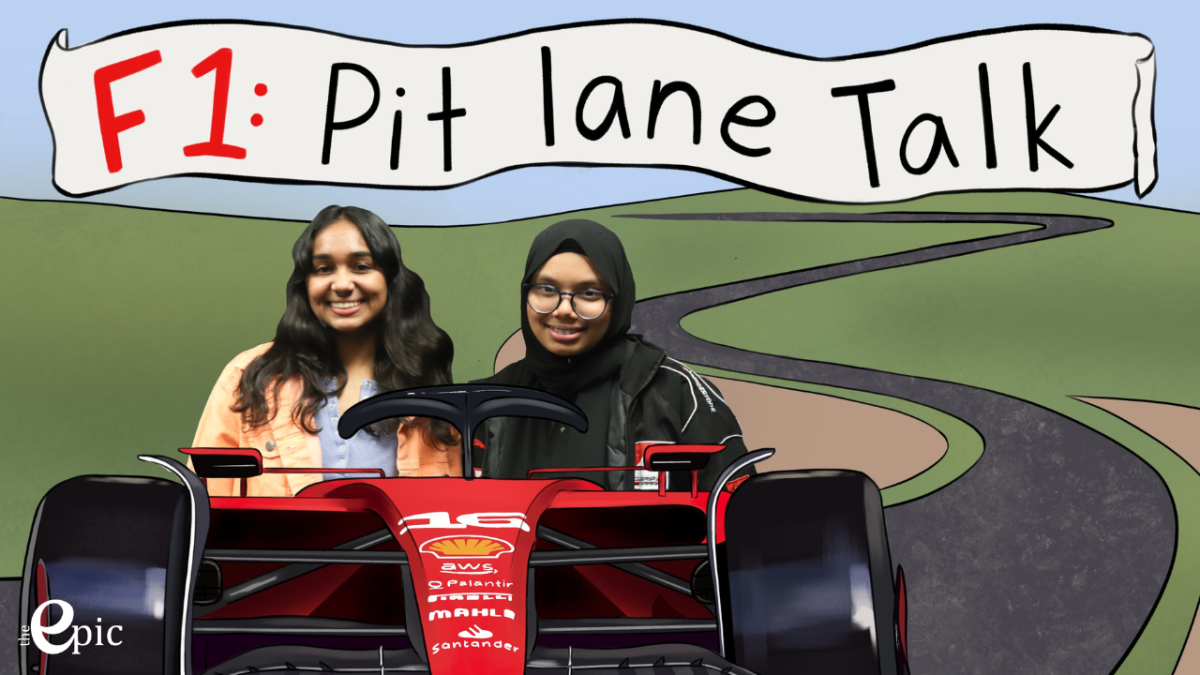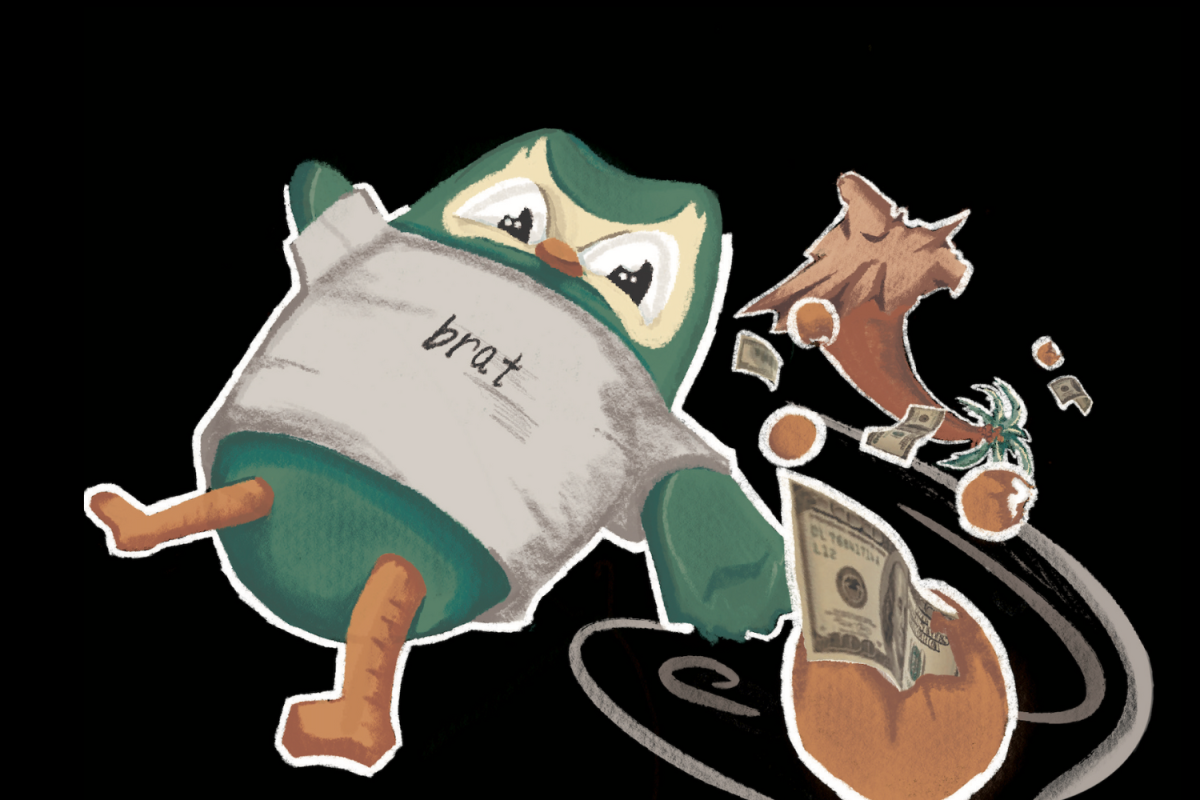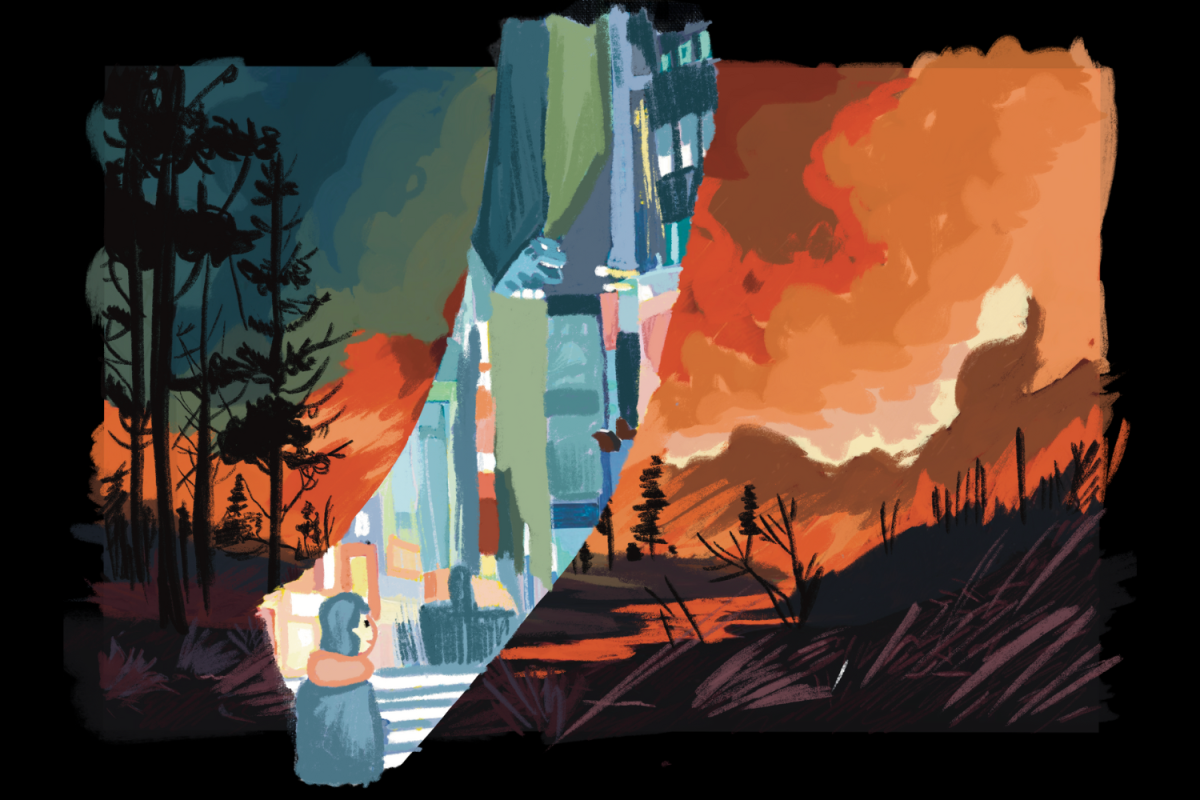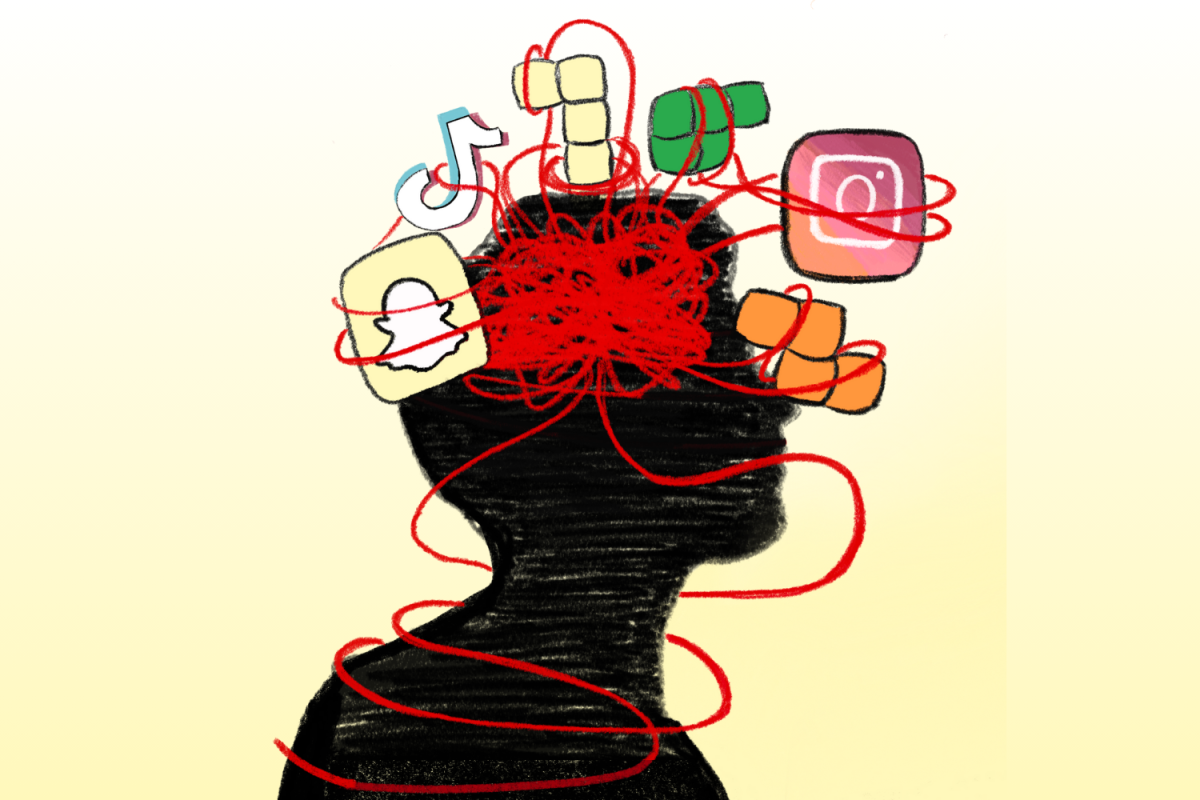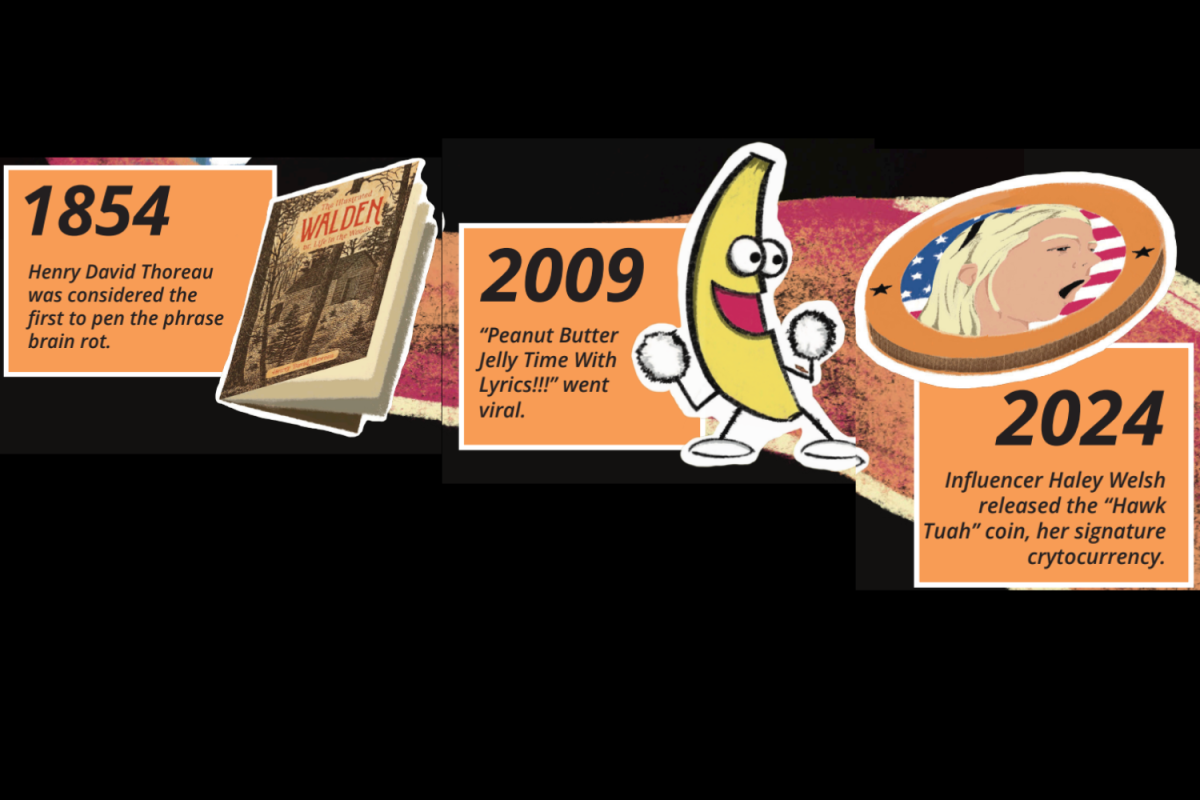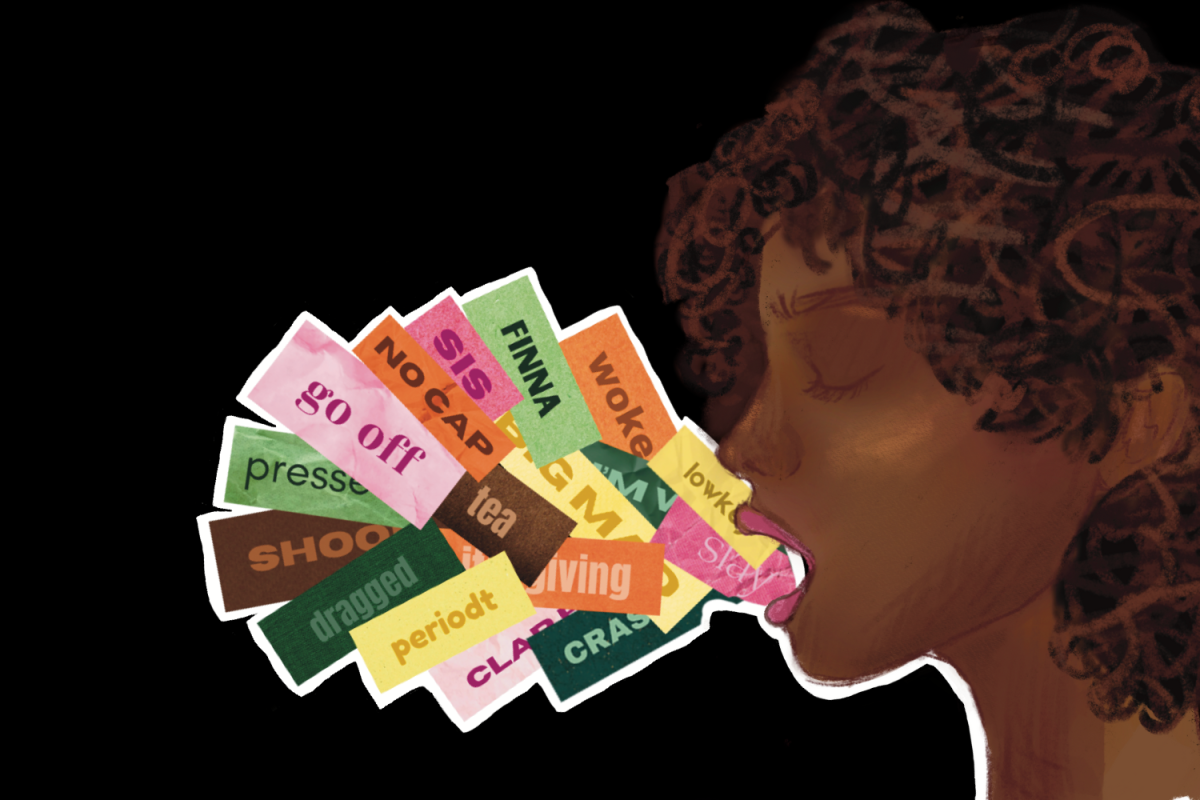Sporting a “Brat” shirt, a vibrant green owl strikes a pose outside Charli XCX’s concert venue, while 20 flashy owl heads bop to pop music under strobe lights inside. This surreal scene wasn’t concert chaos, but rather, Duolingo’s clever marketing stunt. Tapping into the relatable “#bratsummer” trend, Duolingo captured the attention of a wide online audience, leading to a nearly 60% annual growth in daily active users. Similarly, in an age of technology when countless people are chronically online, an increasing number of industries have established a casual online presence, leveraging brain rot to broaden their reach and engage younger audiences.
Brain rot reflects the growing desire for relatability or inauthenticity in content, rejecting former traditions of professionalism. With Generation Z estimated to have the highest spending growth, industries have leveraged this phenomenon to their advantage, seeking to fit in with the algorithm for engagement.
“Brain rot is non-threatening,” professor of communication at Montclair State University Benton Bond said. “It allows you to tune out the negativity in the world and enjoy content that makes you feel good.”
In the gaming industry, companies often incorporate brain rot-inspired merchandise, characters or dance moves to garner attention. A well-known example is “Fortnite,” which boasts a wide repertoire of brain rot content, including a “Skibidi Toilet” skin, “Among Us” Back Bling and an emote inspired by Hugo Hilaire, a popular content creator with distinct dance moves.
“It adds a fun aspect to the game that they’re building on current trends,” senior and Fortnite player William Devanney said. “I think it’s mostly just marketing. For example, I have a Ninja skin, which came from a popular brain rot content creator.”
In the fashion industry, brain rot has increasingly become a tool for marketing, where brands post short-form content aimed at going viral to drive product sales. An example is the designer handbag brand Marc Jacobs. Their social media includes MARCTALK, a series of short and chaotic videos where popular content creators interview strangers in New York City and elsewhere. These interviews showcase witty comments and funny remarks rather than the bag’s features or durability, illustrating how large companies focus on making viral content instead of more mainstream forms of marketing.
“I think it’s better to get clothes that are more timeless,” sophomore Aisha Taylor said. “It’s good to have basics, and fast fashion goes out of style quickly.”
Most notably, political campaigns have been engaging with social media and brain rot culture to attract a wider audience, particularly young voters through quirky and absurd humor. Shortly after being endorsed by Charli XCX, who tweeted “Kamala is Brat,” Harris’ campaign rebranded KamalaHQ around Charli’s “Brat” album. Employing a Gen Z team aged 25 years and under to run all of former Vice President Kamala Harris’s social media accounts, they shared memes such as “femininomenon” and venn diagrams, used trending audio from artists such as Chapell Roan and witty captions to boost Harris’s presence. In particular, the striking “coconut tree” meme, originating from when Harris quoted her mother (“you think you just fell out of a coconut tree?”), triggered a wave of online frenzy, replete with pop song remixes and supporters calling themselves “coconut-pilled.”. As the coconut emoji became a quirky symbol of support and an inside joke, the campaign cultivated a sense of community that prompted their soar in engagement.
“When I saw it, I felt entertained and I thought it was pretty funny, so I would send it to my friends,” Taylor said. “I think it helped her gain support from a younger audience, like Gen Z.”
However, despite the benefits of integrating pop culture into politics, it can undermine people’s ability to think critically and understand the nuances of politics, as people can be easily persuaded by a celebrity endorsement or a familiar trend. The joking nature of brain rot can diminish a brand’s credibility and professionalism, as well as the seriousness of a campaign or cause. It can also lead to negative effects with real-world consequences, like large-scale fashion waste.
“Brain rot invites people to partly turn off their brains, which means politicians try to tap more into emotional issues than logical ones, such as housing or healthcare,” Bond said. “Through memes, it’s easy to sneak hate and opinions into online spaces, which people blindly accept.”
Nowadays, with teenagers spending an average of nearly five hours on social media, it is difficult to avoid brain rot content. Since this absurdity is ingrained in online culture, industries increasingly adopt brain rot to engage younger audiences.
“Nonsense is the foundation of the internet and will not fade away, but continue to evolve and change,” Bond said. “Because of the personal connection social media creates, companies are going to recognize that social media needs to be embedded in all that they do.”


